For school I had to make a JFrame and within that One button and Two textfields. Whatever you put in Textfield one have to get into textfield two when the button is pressed. I got the code to the point I should see the textfields and the button when i run the program. For whatever reason it doesn't.
My come so far:
package helloworld;
import javax.swing.*;
import java.awt.event.*;
public class HelloWorld extends JFrame {
public static void main(String[] args) {
JFrame frame = new HelloWorld();
frame.setSize(400, 400);
frame.setDefaultCloseOperation(JFrame.EXIT_ON_CLOSE);
frame.setTitle("Hello World Button App");
JPanel panel = new JPanel();
frame.setContentPane(panel);
fram.setVisible(true);
}
}
class panel extends JPanel {
public JButton btn1 = new JButton("Klick!");
public JTextField txt1 = new JTextField(10);
public JTextField txt2 = new JTextField(10);
public panel() {
add(btn1);
add(txt1);
add(txt2);
}
}
I am not yet allowed to post images but I will provide a link to the picture down here
I am sorry if this question allready exests but i couldnt's find a similar question. I am new to programming so please dont yell at me when I forgot something or wrote something wrong in it!
